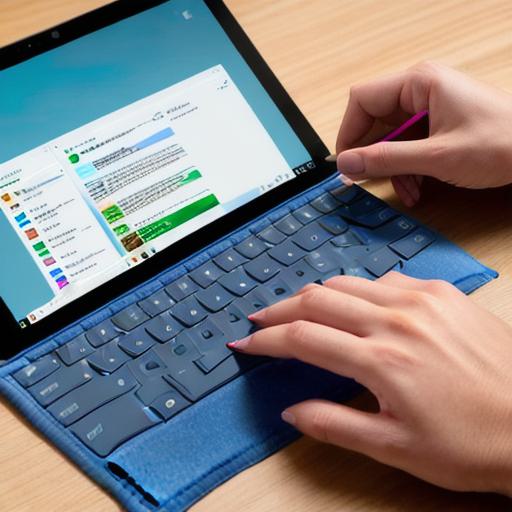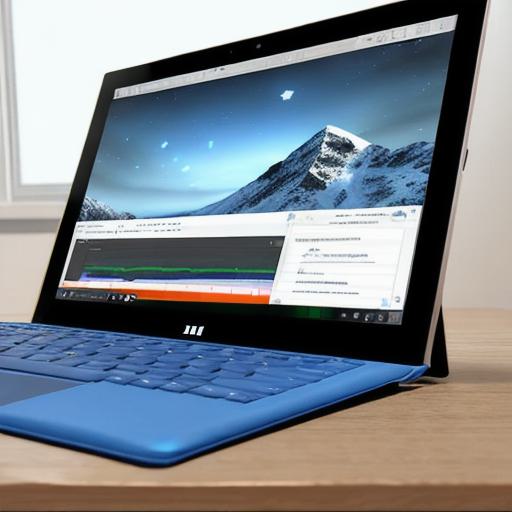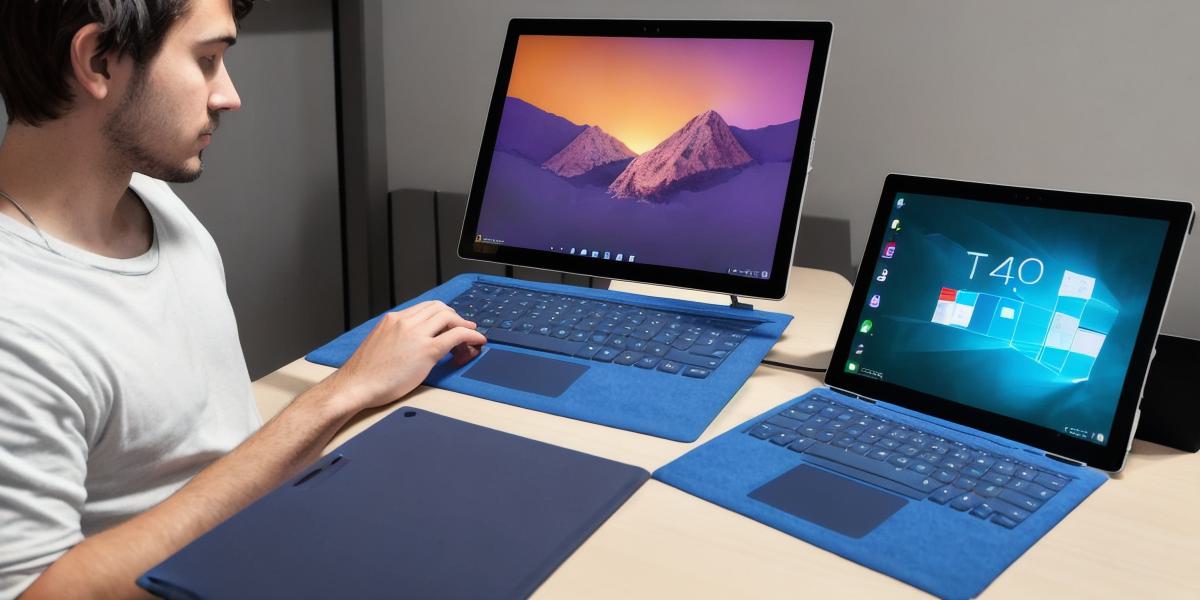Introduction
Hello web developers! In this comprehensive guide, we’ll explore how to develop Unity games on Microsoft’s versatile tablet, the Surface Pro. With its powerful processor and high-resolution display, the Surface Pro is an excellent choice for game development using Unity.
Let’s get started!
Why Develop Unity Games on Surface Pro?
The Surface Pro offers a perfect blend of portability and performance, making it an ideal platform for developing Unity games. Its high-resolution screen provides accurate visual feedback during the game development process, while its powerful processor can handle even the most demanding Unity projects.
**Prerequisites: Hardware & Software**
Before we dive into the development process, let’s ensure that you have the necessary hardware and software.
You will need:

- A Microsoft Surface Pro (any recent model should work)
- A suitable external keyboard and mouse (for comfortable development)
- Unity Hub: Download and install Unity Hub from the official website to manage your Unity projects.
- Unity Editor: Download and install the appropriate version of Unity Editor based on your project requirements.
- Visual Studio Code or any other preferred IDE for scripting.
Setting Up Your Development Environment
Once you have the prerequisites in place, it’s time to set up your development environment:
- Install and configure Unity Hub and Editor on your Surface Pro.

- Connect your external keyboard and mouse to the Surface Pro.
- Configure Visual Studio Code with the Unity Scripting extension for syntax highlighting and IntelliSense support.
**Developing Unity Games on Surface Pro: Best Practices**
- Optimize Your Project: Keep in mind that the Surface Pro may not be as powerful as a dedicated gaming PC. Optimize your project by reducing the number of draw calls, using LODs (Level of Detail), and compressing textures.
- Use External Tools for Complex Tasks: For tasks outside Unity’s capabilities, such as 3D modeling or animation, consider using external tools like Blender, Maya, or Adobe Animate. Import the assets into your project once you’re done.
- Take Advantage of the Touchscreen: The Surface Pro’s touchscreen can be a valuable development tool for certain tasks, such as sculpting and painting textures in applications like Mudbox or ZBrush.
- Work Offline: Since internet connectivity may not always be available when you’re on the go, make sure to work offline as much as possible by downloading all required assets before starting development.
Conclusion
Developing Unity games on the Surface Pro offers web developers a unique opportunity to create engaging and immersive experiences using this versatile tablet. By following best practices, such as optimizing your project, utilizing external tools, taking advantage of the touchscreen, and working offline whenever possible, you can ensure a smooth development process. Happy coding!
FAQs
- What version of Unity should I use for Surface Pro development? Use the latest stable release of Unity to take advantage of the latest features and optimizations.
- Can I develop 3D games using just the touchscreen on the Surface Pro? While you can, it’s not recommended due to the limited precision and control compared to a keyboard and mouse. Use the touchscreen for sculpting or painting textures in external tools instead.
